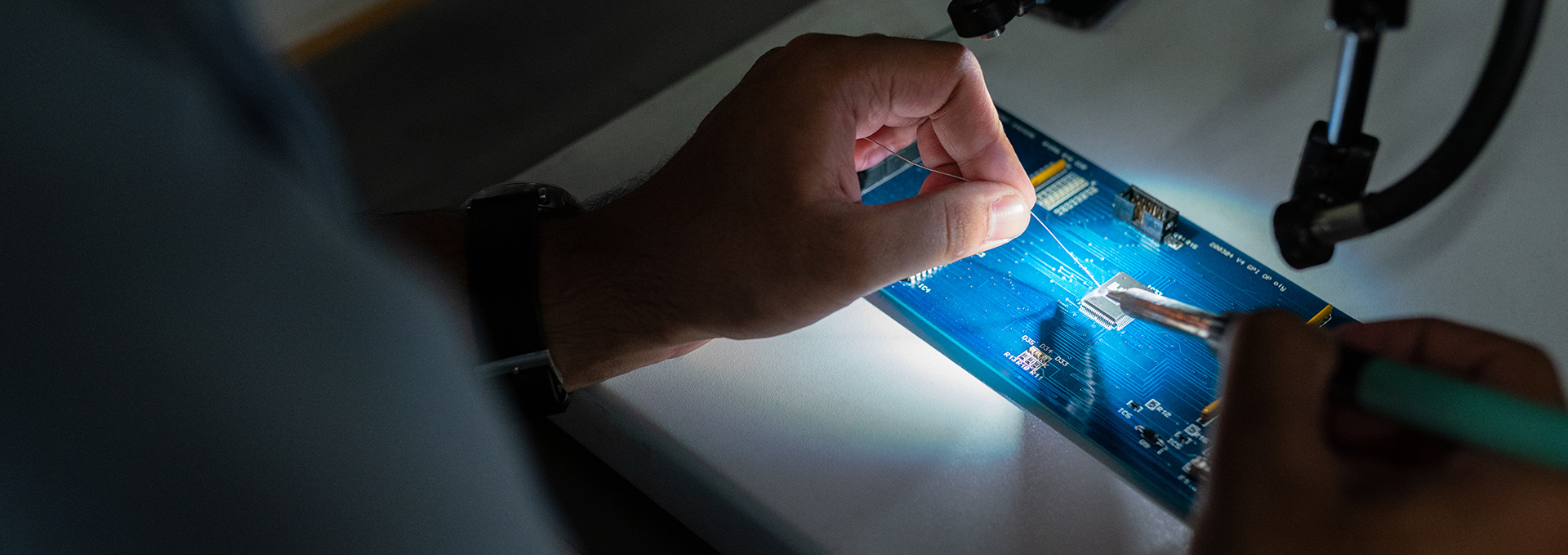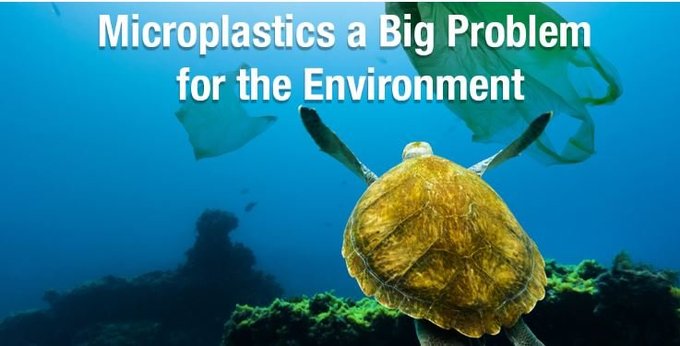
Microplastics pose an ongoing threat to our oceans, aquatic life, and food chain. These microscopic pieces of decayed plastic are ingested by small marine life, which are in turn consumed by larger animals until they work their way into the human body. Microplastics’ effects on humans are a concern, but further research and understanding are needed.
HORIBA has long been active in the study of microplastics, with researchers using its Raman spectroscopy instruments to characterize and track the size and composition of microplastics in both waterways, on land and in animal life. Microplastics is one topic that HORIBA is focusing on in their ‘Science in Action’ series, as it matches the company's directives on corporate responsibilities to the environment, safety and human health. Read our latest Science in Action article on this important topic.
HORIBA recently co-hosted two microplastics workshops with the Southern California Coastal Water Research Project (SCCWRP) and the University of Toronto. Topics included sampling methods and extraction techniques, analytical techniques such as FTIR, Raman, and pyr-GC/MS, standard operating procedures for the QA/QC of microplastics, data management/data sharing options and data collection programs in California.
The workshops provide an opportunity to network with leading microplastics researchers and policy makers, to catch up on the state of policy, and the science of microplastics.
For more information, please visit our website: https://www.horiba.com/en_en/science-in-action/microplastics-a-big-problem-for-the-environment/


